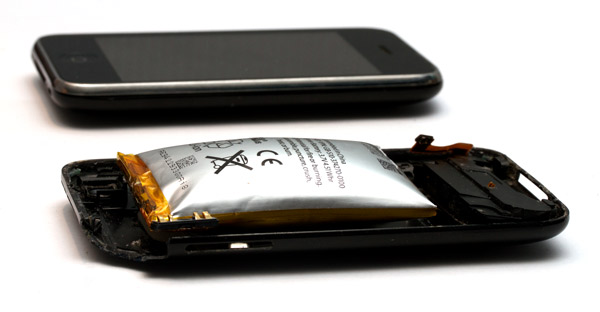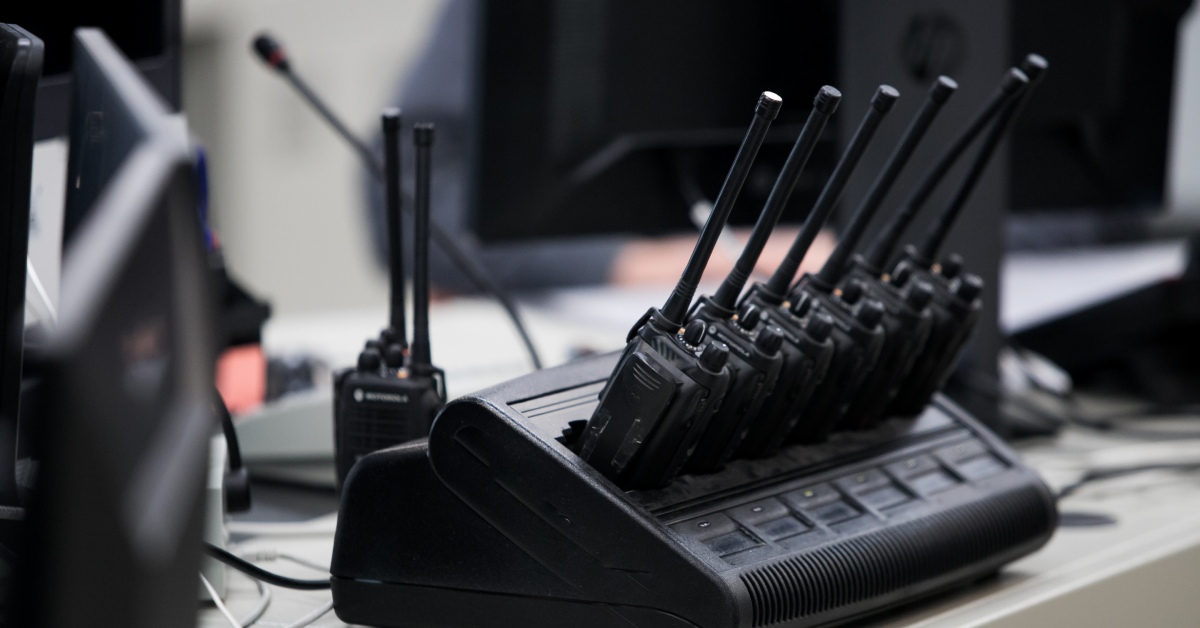The shelf life of a lithium battery depends on several factors, including the type of lithium battery, storage conditions, and the initial charge level. In general, lithium batteries have a longer shelf life compared to many other types of batteries.
Table of Contents
For lithium-ion batteries, which are commonly used in consumer electronics such as smartphones and laptops, business and police radios the typical shelf life is around 2 to 10 years. However, this can vary based on the specific chemistry of the battery and how it’s stored.
Key factors influencing the shelf life of lithium batteries include:
- Temperature: High temperatures can accelerate the degradation of lithium batteries. Storing them in a cool, dry place is ideal. Avoid exposing them to extreme heat.
- Charge Level: Lithium batteries should be stored with a partial charge, ideally around 40-60% of their capacity. Storing them fully charged or fully depleted for extended periods can lead to capacity loss.
- Battery Chemistry: Different types of lithium batteries (e.g., lithium-ion, lithium polymer) may have slightly different characteristics and shelf lives.
- Quality of Manufacturing: The quality of the battery and its manufacturing process can affect its longevity.
It’s essential to note that even if a lithium battery has passed its typical shelf life, it may still be usable, but its capacity and performance might be reduced. If you have an old lithium battery, it’s a good idea to check its voltage and overall condition before using it, especially if it’s been stored for an extended period. If a battery appears damaged, swollen, or exhibits other unusual characteristics, it should not be used, and proper disposal procedures should be followed.
What shortens Lithium Battery Shelf Life

Several factors can contribute to the degradation and shortened life of a lithium battery. Understanding these factors can help users take steps to optimize the performance and longevity of their lithium batteries. Here are some key factors:
- High Temperatures: Exposure to elevated temperatures accelerates the chemical reactions within the battery, leading to faster degradation. Heat can cause the electrolyte to break down and damage the electrodes. Avoid exposing lithium batteries to prolonged periods of high temperatures.
- Overcharging: Charging a lithium battery beyond its recommended voltage can cause stress on the battery cells and lead to capacity loss over time. Many modern electronic devices are designed to prevent overcharging, but using improper chargers or charging practices can still be a risk.
- Deep Discharging: Allowing a lithium battery to discharge completely can also be detrimental to its lifespan. Lithium batteries are generally designed to perform optimally within a certain voltage range. Deep discharges can lead to chemical changes in the battery, affecting its capacity and overall performance.
- High Discharge Rates: Drawing a high current from the battery (high discharge rate) can generate heat and stress the battery, reducing its lifespan. This is especially relevant in devices that demand a lot of power in a short amount of time.
- Poor Quality Charging Equipment: Using low-quality chargers or cables can impact the charging process and potentially damage the battery. It’s advisable to use chargers and cables recommended by the device manufacturer.
- Extended Storage at Full Charge or Discharge: Storing lithium batteries for extended periods at full charge or full discharge can lead to capacity loss. Ideally, batteries should be stored with a partial charge (around 40-60%) in a cool, dry place.
- Physical Damage: Physical damage to the battery, such as punctures, dents, or exposure to moisture, can compromise the integrity of the battery and lead to safety issues as well as reduced lifespan.
- Manufacturing Defects: Quality control issues during the manufacturing process can result in batteries with inherent weaknesses or defects, affecting their overall performance and lifespan.
To maximize the lifespan of lithium batteries, it’s important to follow manufacturer guidelines for charging and storage, avoid exposing them to extreme conditions, and use high-quality charging equipment. Additionally, replacing batteries when they show signs of degradation is recommended for optimal device performance and safety.
Getting the most out of your lithium battery
Extending the life of lithium batteries involves adopting good practices in terms of usage, charging, and storage. Here are some tips to help you make lithium batteries last longer:
- Avoid High Temperatures: Heat accelerates the degradation of lithium batteries. Keep devices and batteries away from direct sunlight and hot environments. High temperatures can increase the risk of capacity loss and reduce overall battery life.
- Partial Charging: Avoid both complete discharges and full charges. Lithium batteries typically have longer lifespans when kept within a moderate charge range, ideally between 40% and 80%. Frequent partial charging is generally better than full discharge and recharge cycles.
- Use the Right Charger: Always use chargers recommended by the device manufacturer. Using chargers that are not designed for your specific device can lead to overcharging or undercharging, affecting the battery’s performance.
- Avoid Fast Charging Frequently: While fast charging is convenient, it can generate more heat, putting stress on the battery. Whenever possible, use regular charging methods, especially if you’re not in a hurry.
- Store Batteries Properly: If you need to store a lithium battery for an extended period, store it in a cool, dry place with a moderate charge level (around 40-60%). Avoid storing batteries in fully charged or fully discharged states.
- Optimize Device Settings: Adjusting the settings of your electronic devices can impact battery life. For example, reducing screen brightness, turning off unnecessary background processes, and managing wireless connectivity can help conserve battery power.
- Avoid Extreme Discharge Rates: Try to avoid situations where the battery is subjected to extremely high discharge rates. This can be especially relevant in devices that demand a lot of power in a short period.
- Regular Use: If you have multiple devices with lithium batteries, rotate their use rather than keeping some in storage for extended periods. Regular use and charging can help maintain battery health.
- Update Software: Keep your device’s software up to date. Sometimes, manufacturers release updates that include optimizations for battery efficiency.
- Monitor Battery Health: Some devices provide information about battery health. Periodically check the battery status, and if you notice significant capacity loss or irregularities, consider replacing the battery.
By following these guidelines, you can help maximize the lifespan and overall performance of lithium batteries. Keep in mind that lithium batteries, like all batteries, have a finite lifespan, and their capacity will naturally decline over time. If you notice a significant decrease in battery performance, it might be time to consider replacing the battery.











